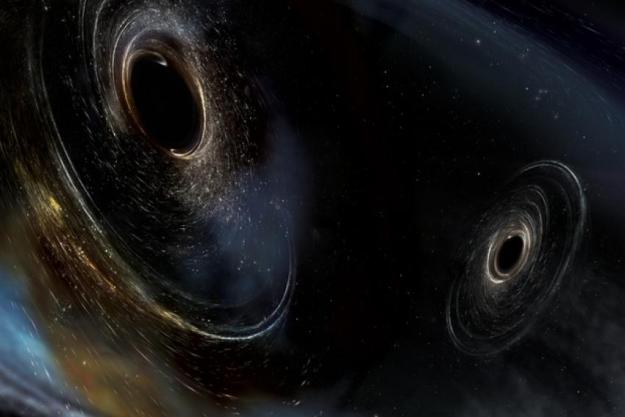The European Space Agency (ESA)’s Euclid space telescope has arrived at its orbit around the sun. Launched from Cape Canaveral on July 1, the telescope is now in at orbit around the sun at the L2 Lagrange point, where it joins other space telescopes such as the James Webb Space Telescope and the Gaia space telescope.
The video above shows how Euclid will join the other space telescopes and how their orbits relate to each other. Located around 1 million miles from Earth, this complex-looking orbit is often used for space telescopes because of its high level of stability. Maintaining the orbit requires only a small amount of fuel, which is a limited resource for space missions, and it also allows the telescopes to stay on the opposite side of the sun from Earth. This means that the telescopes can face away from both the Earth and the sun, avoiding heat and light interference from these two sources.
This is important for missions like Webb as it avoids heat buildup because Webb needs to maintain a very cool operating temperature for its observations in the infrared. Whereas Euclid needs to have a very stable orbit, with no wobbles to introduce interference into its highly detailed observations of distant parts of the universe.
Euclid will be observing distant galaxies to build up a 3D map of all the dark matter in the universe. By determining its location by looking at its gravitational effects, scientists hope to learn more about the nature of dark matter.
Even though Euclid shares the L2 orbit with other space telescopes, there is plenty of room for all of them without risk of a collision. “The region around L2 is big and even though the orbits of these spacecraft seem to cross in the animation, in reality there is plenty of space and a collision can be easily avoided,” ESA writes. “For example, Webb and Gaia are between 400,000 and 1,100,000 km [250,000 and 700,000 miles] apart, depending on where they are in their respective orbits.”
With Euclid now at its destination, the next step of the mission is the commissioning phase in which the instruments are prepared for operations. This will take around three months, then the telescope can begin its science operations.
Editors' Recommendations
- Euclid space telescope’s vision cleared thanks to deicing
- See the stunning first images taken by the dark matter-hunting Euclid telescope
- Dark matter hunting telescope Euclid has a problem with its guidance system
- Watch a video of an exoplanet orbiting its star — made from 17 years of observations
- See the incredible first images taken by the dark matter-hunting Euclid telescope



